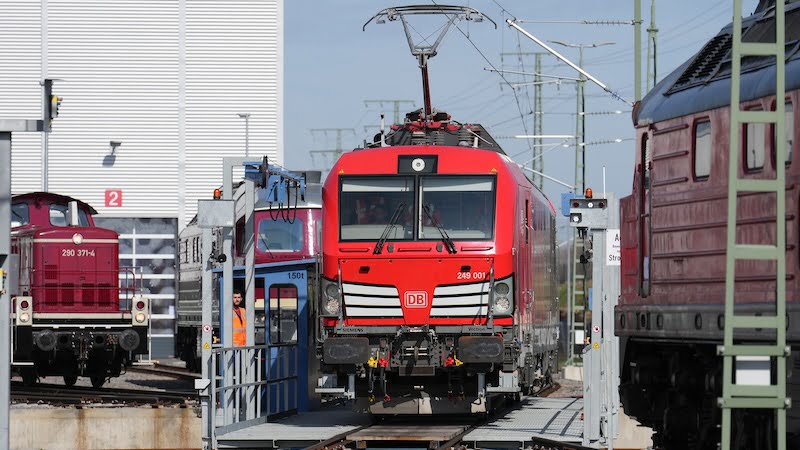
Deutsche Bahn wants to rely on hybrid locomotives with electric and diesel engines in the future. The goal: By using frying fat, 25,000 tons of CO2 should be saved.
Trains and rail networks represent an important factor in the fight against climate change. Transporting goods and people by train often uses fewer emissions than using aircraft or motor vehicles. But in order to remain competitive in the long term, more efficient locomotives will be needed in the future.
Deutsche Bahn (DB) Cargo wants to increase efficiency in rail freight transport with a new generation of locomotives. The “Vectron Dual Mode light” from Siemens Mobility apparently enables flexible use both on electrified routes and on sections without overhead lines. This is made possible by an electric and a diesel-powered drive.
Deutsche Bahn relies on flexible hybrid trains
DB's goal is to enable more efficient, faster and digital processing of freight transport. The new hybrid locomotive “Vectron Dual Mode light” eliminates the need for time-consuming re-clamping and shunting of locomotives. This is intended to speed up rail freight transport and conserve resources.
Another advantage: According to DB, the new locomotive is lighter and more efficient than conventional models. It can be used on branch lines as well as on sidings with low loads. With the new hybrid train, Deutsche Bahn wants to prepare for the digital train operations of the future.
New DB train: Diesel comes from old chip fat
The use of green electricity and HVO diesel from frying fat enables an almost CO2-free supply chain from start to finish. Siemens Mobility CEO Michael Peter is convinced that the “Vectron Dual Mode light” can reduce CO2 emissions and maintenance costs. In addition, more flexibility in freight transport is possible.
On electrified sections of the route, the locomotive runs purely electrically. If there is no overhead line available in a section, the system can switch to conventional drive without changing the locomotive. The first order of 150 locomotives from Siemens Mobility is expected to result in annual savings of around twelve million liters of fuel and 25,000 tons of CO2.
Also interesting:
Source: https://www.basicthinking.de/blog/2024/03/18/db-hybrid-lokomotiven/


